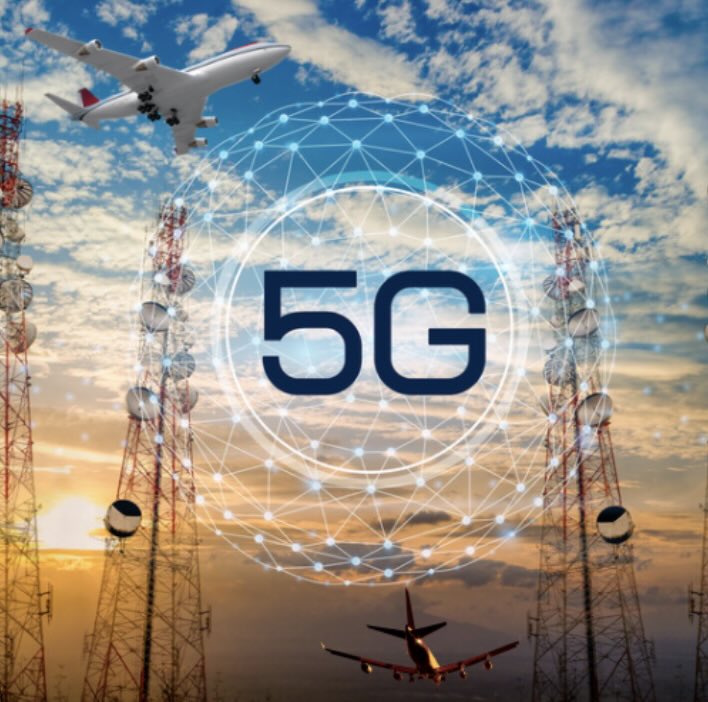January 5th is fast approaching. This is the date in which carriers, AT&T and Verizon, were instructed to delay 5G rollout on the C-Band spectrum. If you’re not already aware, this is because of possible interference on these frequencies with aircraft safety tools. U.S. Transportation Secretary Pete Buttigieg and Federal Aviation Administration chief Steve Dickson […]
Tag: FAA
5G C-Band Effects in 2021 & 2022
It’s almost 2022 and the C-Band spectrum for 5G is still a hot topic. Amongst large sums of money AT&T and Verizon have spent on obtaining C-Band, and delays due to FAA concerns, the carriers are pressing on to continue rollout on January 5th. Agreements were made to limit the amount of signal broadcasted on […]
Boeing and Airbus Urge Biden Administration to Delay C-Band Rollout
Boeing and Airbus, two of the largest commercial airplane manufacturers, have joined the conversation about possible interference to aircraft tools from 5G’s C-Band spectrum. Like the FAA, they’re urging the Biden Administration to delay the rollout of service next month. Statements from the manufacturing companies were sent in the form of a letter to the […]
US Aviation Restrictions and 5G C-Band Interference
Concerns over the 5G C-Band (3.7-3.98 GHz) and aviation safety are still a hot topic. While there have been no reports of any issues, these concerns are quite valid. If you’re not already familiar with this story, the FAA alerts say that 5G can interfere with radar or radio altimeter signals. These tools measure the […]
5G C-Band Updates: Limiting Service
Continuing reports on the 5G C-Band service from AT&T and Verizon, new information comes about the agreement each made with the FAA. The agreement is to limit transmissions over the spectrum, rather than prolonging the delay of its use altogether. The carriers will also abide by even more limitations near regional airports. This agreement seems […]
AT&T and Verizon agree to Limit 5G C-Band Spectrum for 6 Months due to FAA Concerns
For the past few weeks, we’ve reported about the delay on Verizon and AT&T’s rollout of 5G service on the C-band spectrum. Originally planned for only 1 month, the delay is due to concerns about interference with aircraft sensors. While the FAA still investigates this, there have yet to be any reports of incidents with […]
Verizon’s CFO Discusses Progress with C-Band & Fixed Wireless
At the beginning of November, we reported about the stop AT&T and Verizon had to put on rolling out their respective 5G C-band services due to FAA regulations. As the FAA continues to work with the FCC on this, Verizon’s CFO Matt Ellis is confident that the delay won’t linger more than 30 days. Ellis, […]
Can T-Mobile Profit Off Its Competitors’ Delay?
As we had originally reported last week, AT&T and Verizon have delayed 5G rollout on the C-Band spectrum for a month. We’ve now learned that T-Mobile could be capitalizing on this moment to gain a larger lead on 5G service availability over its competitors. You see, unlike AT&T and Verizon, T-Mobile is not broadcasting over […]
AT&T and Verizon Delay 5G Rollout Due to Air Safety Concerns
As reported by Bloomberg (and previously Wall Street Journal), AT&T and Verizon are delaying their rollout of 5G – specifically what is referred to as the C-band. It was discovered that it might interfere with aircraft electronics, federal officials said. The companies confirmed the 30-day delay to Jan. 5. Technically, the 5G spectrum is near […]


